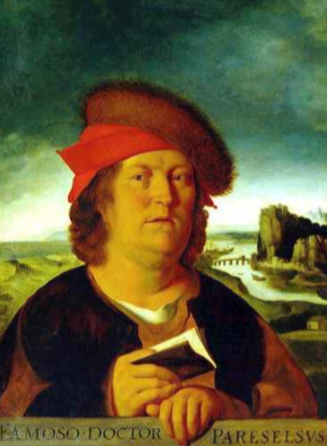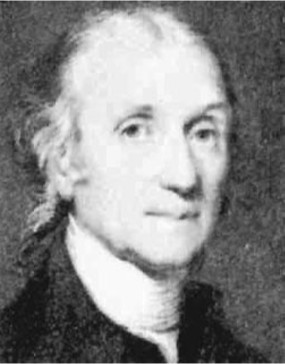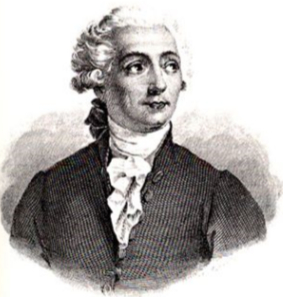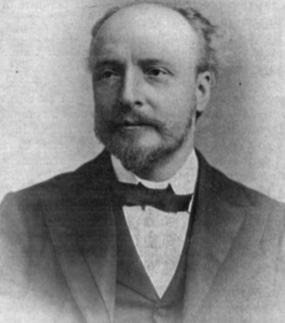2.1: Discovery of Hydrogen
- Page ID
- 212616
Hydrogen gas, H2, was first artificially synthesized by Phillip von Hohenheim (known as Paracelsus, Figure \(\PageIndex{2}\).1) by mixing metals with strong acids. He was unaware that the flammable gas produced by this chemical reaction was a new chemical element. In 1671, Robert Boyle (Figure \(\PageIndex{2}\).2) rediscovered the reaction between iron lings and dilute acids, which results in the production of hydrogen gas. He noted that these fumes were highly flammable and that the flame gave o a lot of heat but not much light.


In 1766, Henry Cavendish (Figure \(\PageIndex{2}\).3) was the first to recognize hydrogen gas as a discrete substance, by identifying the gas from a metal-acid reaction as flammable air. One of the richest men in Britain at the time, he lived in London and spent his time in his private laboratory at his home. In 1781 he was the first person to nd that the gas produces water when burned. This was a key experiment in disproving the Aristotelian theory of the four elements. As a consequence of his work he is usually given credit for its discovery as an element. However, it was Antoine Lavoisier (Figure \(\PageIndex{2}\).4) who in 1783 named the element hydrogen (from the Greek hydro meaning water and genes meaning creator) after he reproduced Cavendish's findings.
The four Aristotalian elements were Earth, Fire, Air and Water. A fifth element, Aether, was ascribed as a divine substance that made up the heavenly spheres and heavenly bodies (stars and planets).


Using his invention, the vacuum flask, James Dewar (Figure \(\PageIndex{2}\).5) was the first to liquefy hydrogen in 1898. He produced solid hydrogen the next year.



